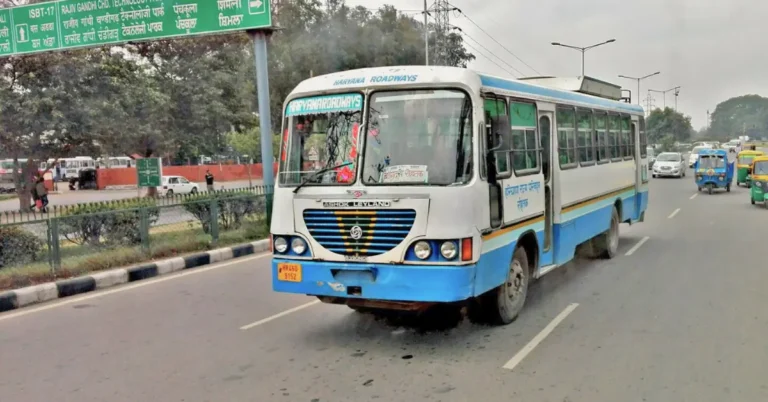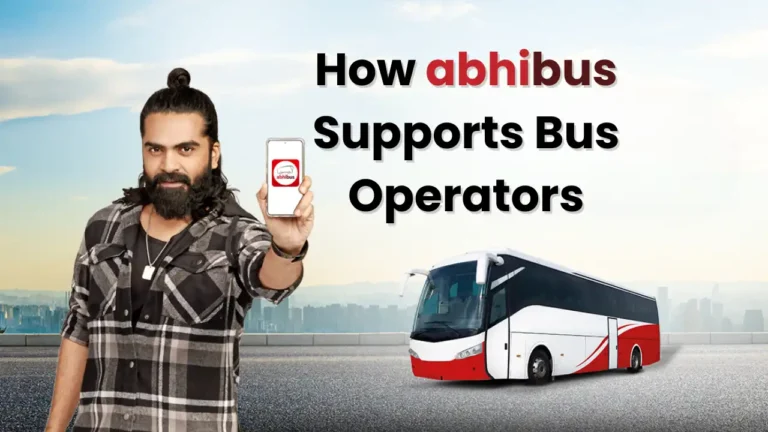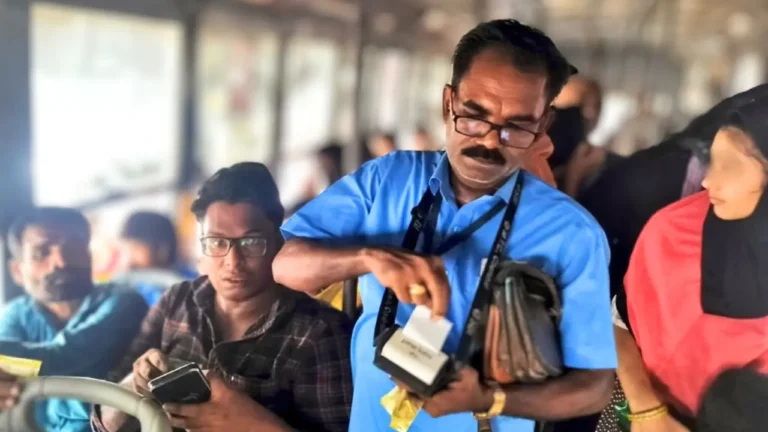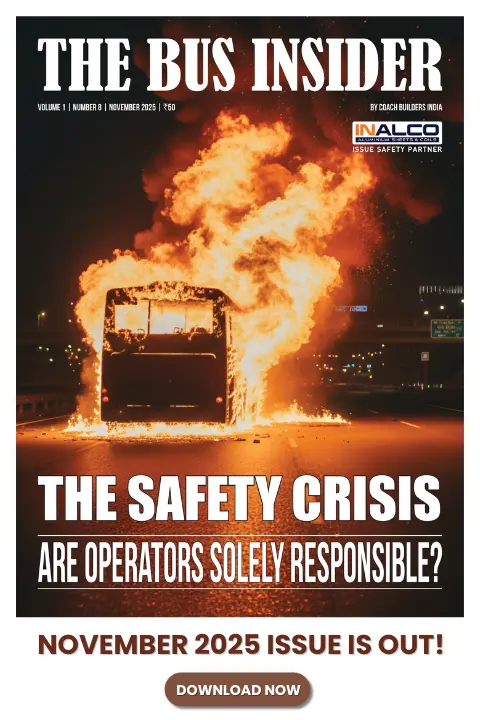Six Innovative Initiatives by KSRTC That Can Inspire Other State Transport Undertakings
Six Innovative initiatives by KSRTC that are driving a smarter, smoother public transport experience.

The Kerala State Road Transport Corporation (KSRTC) is redefining public transport by focusing on passenger needs and using technology to enhance service delivery.
These changes are aimed at making bus travel more convenient, accessible, and comfortable while promoting sustainability.
KSRTC’s recent initiatives are setting a new benchmark in urban transport, offering valuable lessons for other State Transport Undertakings (STUs) across India.
The Evolution of KSRTC: From Tradition to Innovation
Founded in 1937 as the Travancore State Transport Department and later renamed KSRTC in 1965, the organization has long been a key player in Kerala’s public transport.
Today, KSRTC operates a range of services—city, regional, and interstate routes—catering to millions of passengers daily. However, the corporation is now taking a bold step towards modernization, focusing on efficient, passenger-centric services that leverage technology to improve the commuter experience.
Also Read: The First Electric Bus in the World was launched in London
Six Innovative Initiatives by KSRTC Revolutionizing Public Transport
1. Tailored Urban and Regional Services
KSRTC has moved away from a one-size-fits-all approach by distinguishing between urban and regional bus services. Urban areas require high-frequency services that connect key destinations with minimal wait times, while regional areas can operate with medium to low frequencies.
By adapting services to meet local needs, KSRTC ensures that each area receives the type of service it requires. This approach has led to better scheduling, improved reliability, and more satisfied passengers.
2. Dedicated Urban Bus Services with Unique Branding
In a bid to enhance the urban commute, KSRTC introduced “City Circular” services in Thiruvananthapuram. These buses run at a frequency of 10 minutes and cover locations that were previously underserved.
To create a distinct identity, each route is color-coded, making it easy for passengers to identify their bus. With plans to expand to radial routes in the next phase, this initiative is strengthening the bus network and increasing connectivity within the city.
3. Upgraded Ticketing System for Convenience
KSRTC has revolutionized ticketing with the introduction of “Good Day Tickets.” This initiative allows passengers to take multiple bus rides within a 24-hour period for just Rs. 50, a significant discount compared to individual fares. By simplifying the ticketing process and making it cost-effective, KSRTC is encouraging more people to use public transport.
The system is designed for ease of use, with passengers simply tapping the card for each subsequent ride, making it a seamless experience. Additionally, flat fare pricing on circular routes at Rs. 10 further promotes affordability.
4. Gender-Sensitive Data Collection and Planning
KSRTC is the first public transport agency in India to collect gender-disaggregated data, an important step towards understanding the unique needs of male and female commuters. This data-driven approach will help KSRTC improve route planning, station infrastructure, and safety measures.
Notably, KSRTC runs the “Samudra” service, a women-specific transport service designed in collaboration with the Fisheries Department, providing free travel for women from fishing communities. This initiative highlights the corporation’s commitment to inclusivity and female empowerment.
5. Data-Driven Route Planning and Modifications
KSRTC has integrated technology into its planning and operational processes through the use of Electronic Ticketing Machines (ETMs) and an innovative tool called E-TRAM (Electronic Ticketing Route Analysis and Monitoring). E-TRAM allows KSRTC to track bus ridership data and make informed decisions on route changes based on real-time data.
This data-driven approach ensures that services are aligned with passenger demand, helping improve efficiency and optimize bus schedules. KSRTC is also in the process of implementing stop-to-stop ticketing and vehicle tracking to further enhance service monitoring.
6. Direct Passenger Engagement Through Technology
KSRTC is embracing digital communication to engage directly with passengers. The corporation has launched a mobile app that provides real-time information about bus routes, schedules, and delays, helping passengers plan their journeys better.
Additionally, KSRTC has introduced route maps at major bus stops and area connectivity maps to make navigation easier. The corporation is also leveraging social media platforms to engage with passengers, gather feedback, and address concerns—fostering a sense of connection and accountability.
Also Read: Mysore to Ooty KSRTC Bus Timings – Updated Schedule, Routes & Online Booking
A Model for Other State Transport Undertakings
KSRTC’s initiatives represent a progressive shift in how state transport systems can modernize and better serve their passengers. By focusing on technology, data, and inclusivity, KSRTC is setting a high standard for other STUs in India.
The corporation’s efforts demonstrate that public transport can be both efficient and customer-friendly, offering valuable lessons for other states aiming to improve their own bus systems.
These initiatives align with the growing global trend of making public transportation more accessible, comfortable, and sustainable. As cities across India continue to expand, it’s essential for transport systems to evolve in ways that meet the changing needs of urban populations. KSRTC’s example offers a blueprint for success in modernizing public transport systems in India.
This article is based on a LinkedIn article by Deutsche Gesellschaft für Internationale Zusammenarbeit (GIZ) GmbH India’s Integrated and Sustainable Urban Transport Systems for Smart Cities in India (SMART-SUT) project with Kerala State Road Transport Corporation (KSRTC), authored by Christy Cheriyan and Chandni Ahuja. You can read the original article here.
Catch the latest Bus Industry updates, Exclusive Interviews, Bus News, and International Bus News on Coach Builders India. Download the latest issue of the The Bus Insider magazine for more insights.







